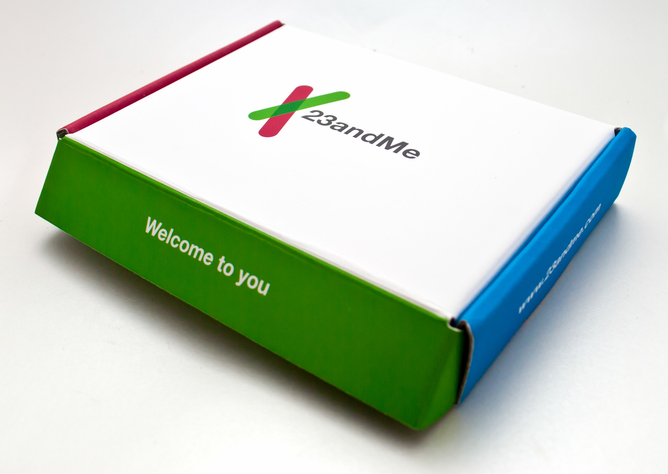Stopping 23andMe Will Only Delay the Revolution Medicine Needs (Op-Ed)


This article was originally published at The Conversation. The publication contributed the article to LiveScience's Expert Voices: Op-Ed & Insights.
Genetic testing is a powerful tool. Two years ago, with the help of my colleagues, it was this tool that helped us identify a new disease. The disease, called Ogden Syndrome, caused the death of a four-month old child named Max. But the rules and regulations for genetic testing in the US, laid down in the CLIA (Clinical Laboratory Improvement Amendments), meant I could not share the results of the family’s genetic tests with them.
Since that time, I have advocated performing all genetic testing involving humans such that results can be returned to research participants. This I believe should extend beyond research, and some private companies, like 23andMe, are helping to do just that.
For as little as US$99, people around the world can send a sample of their saliva to 23andMe to get their DNA sequenced. Their Personal Genome Service (PGS) analyses parts of a person’s genome. This data is then compared with related scientific data and 23andMe’s own database of hundreds of thousands of individuals to spot genetic markers, which the company claims “reports on 240 health condition and traits”.
Today, however, as I had feared, the US Food and Drug Administration (FDA) has ordered 23andMe to stop marketing their service. In a warning letter, FDA said: “23andMe must immediately discontinue marketing the PGS until such time as it receives FDA marketing authorisation for the device.” By calling PGS “a device”, the FDA fears that people may self-medicate based on results they receive from 23andMe.
Somehow the US and UK governments find it acceptable to store massive amounts of data about their own citizens and that of the rest of the world. They are happy spending billions on such mass surveillance. But if the same people want to spend their own money to advance genomic medicine and possibly improve their own health in the process, they want to stop them.
There are many diseases that appear to occur in the presence of genetic mutations, with large effect in certain populations. A case in point is that of deltaF508 mutation in the CFTR gene, which is known to predispose people to cystic fibrosis, which causes scarring inside organs.
Get the world’s most fascinating discoveries delivered straight to your inbox.
The expression of cystic fibrosis in each of these people is highly variable, but the presence of the mutations can certainly raise suspicion for this illness in individuals with any such symptoms. This is particularly the case when there is an already known instance of cystic fibrosis in the immediate family.
This is why carrier screening in families with diagnosed cases of such diseases is advocated. And yet, such screening is not commonly performed, even though it could decrease prevalence of affected infants.
Genetic data (or genotype) on its own is of little use. It is the correlation of how those genes manifest in people, which is their phenotype, that makes genotypes useful.
I dream of a world in which we have phenotype and genotype data on millions of individuals, so that we can really begin to better understand genotype-phenotype relationships.
Instead, we still live in the medical world described in the Pulitzer prize-winning novel Arrowsmith pubished in 1925, where doctors pretend to know far more than they actually do. The sad fact is that there is no way the FDA can evaluate and regulate each and every genetic variant in the billions of letters which make up the human genome that get variably expressed in trillions of cells in every human body.
We need to collect billions of data points for analysis by computers. The only company in major contention to do this soon is 23andMe. With FDA’s latest attempt to stop 23andMe, all it is really doing is delaying, or worse stopping, the revolution that today’s medicine desperately needs.
Gholson Lyon does not work for, consult to, own shares in or receive funding from any company or organisation that would benefit from this article, and has no relevant affiliations.
This article was originally published at The Conversation. Read the original article. The views expressed are those of the author and do not necessarily reflect the views of the publisher. This version of the article was originally published on LiveScience.


